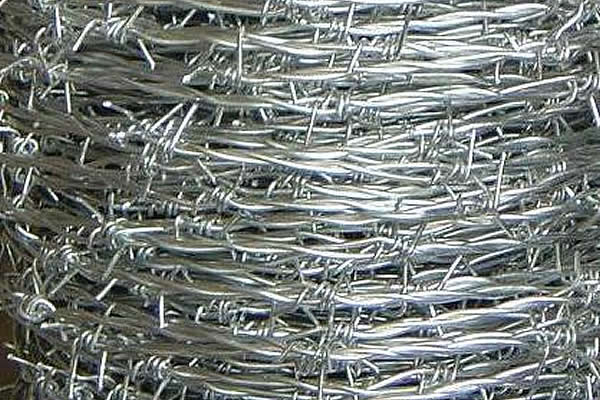 TEL:
+86-13102802206
TEL:
+86-13102802206
 Email:
fencenetting@china.com
Email:
fencenetting@china.com
 Language
Language
 TEL:
+86-13102802206
TEL:
+86-13102802206
 Email:
fencenetting@china.com
Email:
fencenetting@china.com
 Language
Language


Understanding the Pricing Dynamics of Double Strand Barbed Wire
Double strand barbed wire is an essential component in agricultural, industrial, and security fencing solutions. Its design features two strands twisted together, equipped with sharp barbs that serve to deter intruders or livestock from crossing boundaries. The increasing demand for effective fencing solutions has led to a rise in the popularity of double strand barbed wire, prompting a closer examination of its pricing dynamics.
Factors Influencing the Price of Double Strand Barbed Wire
1. Material Costs The primary determinant of the price of double strand barbed wire is the cost of raw materials used in its production. The wire is typically made from high tensile steel, and any fluctuations in the global market price of steel will directly impact the cost of barbed wire. Additionally, variations in the quality of steel used can lead to substantial differences in price, as higher quality steel offers better tensile strength and durability.
2. Manufacturing Processes The complexity of the manufacturing process also plays a significant role in pricing. Double strand barbed wire production involves significant labor and machinery costs, including the processes of galvanization and coating, which improve the wire's resistance to corrosion and extend its life span. Manufacturers employing advanced technology and high-quality control measures may charge a premium for their products.
3. Market Demand The demand for double strand barbed wire is often influenced by various sectors such as agriculture, construction, and security. For example, with the growing focus on biosecurity and the need for secure perimeters in agricultural operations, demand may rise, thus driving up prices. Conversely, during economic downturns, the demand may decrease, leading to a potential reduction in prices.
4. Geographical Factors The location of production and distribution can significantly affect pricing. For instance, regions with high raw material costs or manufacturing expenses may see higher double strand barbed wire prices. Additionally, transportation costs associated with delivering the product can influence retail pricing in different areas.
5. Regulatory Costs The fencing industry is subject to various regulations that can impact production costs. These regulations may include environmental standards, safety requirements, and material certifications. Compliance with such regulations often results in increased production costs, which may be passed on to consumers in the form of higher prices.

6. Competition in the Market The number of manufacturers and suppliers in the barbed wire market can also dictate pricing. In highly competitive markets, prices may be kept lower as companies strive for market share. Conversely, in markets with limited suppliers, prices may be higher due to reduced competition.
Current Trends in Barbed Wire Pricing
As of 2023, the global market for double strand barbed wire continues to be influenced by several key trends. The ongoing construction boom in many regions is spurring demand for reliable fencing solutions, pushing prices upward. Moreover, trends towards self-sufficiency in agricultural practices have led to an increased adoption of protective fencing, further elevating demand.
Additionally, international trade dynamics, such as tariffs and trade agreements between countries, can have a pronounced effect on pricing across borders. Importers may face higher costs due to tariffs on raw materials, which can also result in increased end-user prices.
Conclusion
Understanding the pricing dynamics of double strand barbed wire requires a multi-faceted approach, taking into account raw material costs, manufacturing processes, market demand, geographical influences, regulatory requirements, and competitive pressures. As industries evolve and consumer preferences change, prices of double strand barbed wire will continue to fluctuate, presenting both challenges and opportunities for manufacturers and consumers alike.
For those involved in purchasing or selling double strand barbed wire, staying informed about these factors will be crucial for making strategic decisions in a competitive market. As the need for effective fencing solutions grows, understanding the complexities of pricing will empower stakeholders to navigate the market successfully.